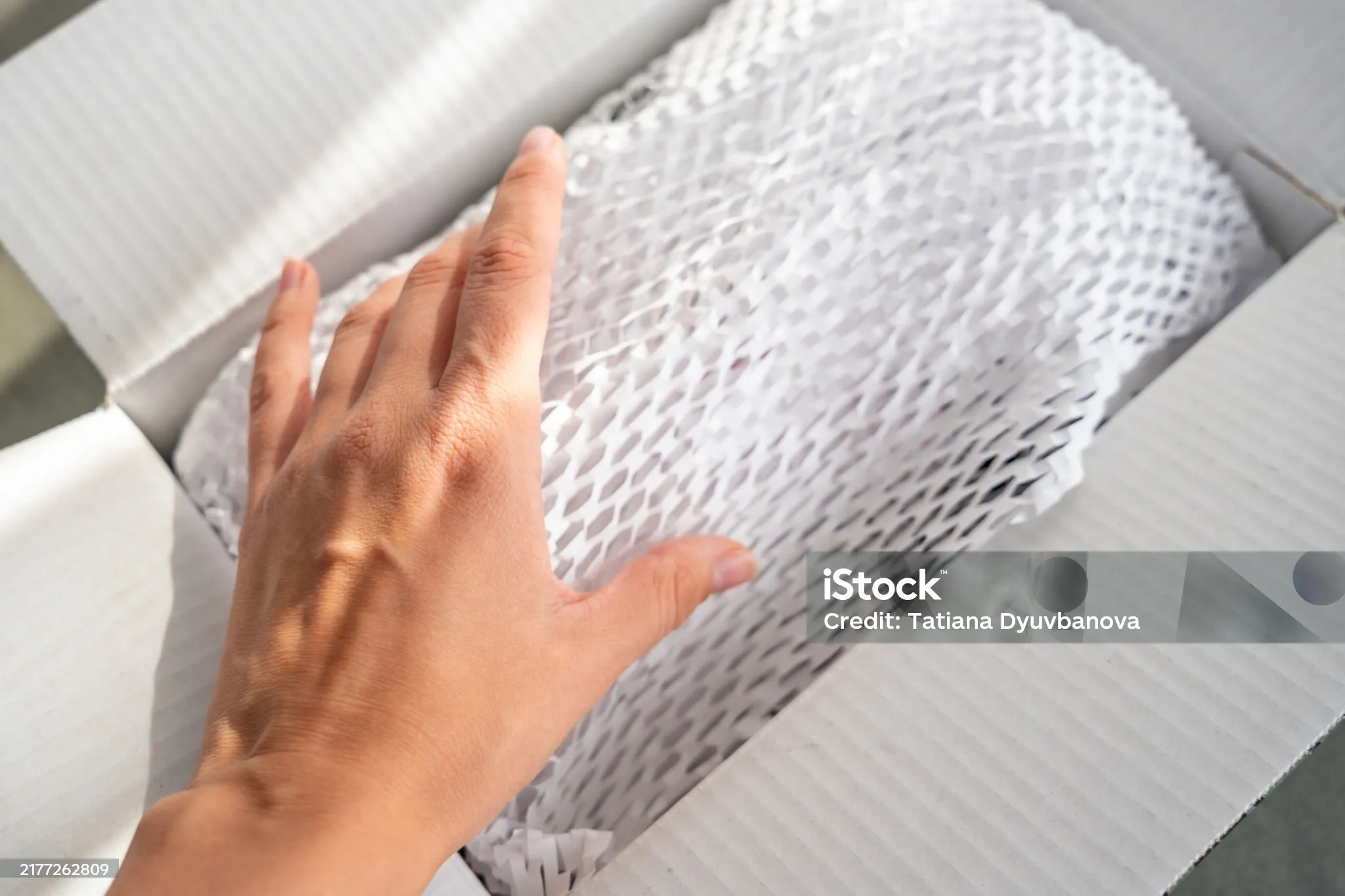Insulated transport boxes
One of the key requirements in chilled logistics is temperature retention. Insulated boxes made from corrugated cardboard with thermal liners offer a viable alternative to traditional EPS (expanded polystyrene). These boxes are often flat packed, reducing transport volume and warehousing needs, and are available in various sizes to match shipment types.
Boxes with wall thicknesses between 3 and 4 cm can maintain internal temperatures below 7 °C for extended periods, suitable for applications ranging from webshop orders to bulk seafood shipments.
Gelpacks and ice packs
Cooling elements such as gelpacks or water based ice packs are standard in temperature controlled logistics. Gelpacks, in particular, provide extended stability because they melt more slowly and uniformly compared to water based ice. They are used to maintain product temperatures during overnight or 48 hour shipments.
For short haul deliveries or mixed temperature loads, lighter ice packs with biodegradable exteriors offer a sustainable alternative.
Absorbent pads
In sectors such as seafood, meat, and fresh produce, managing excess moisture is essential. Absorbent pads placed inside crates or trays reduce liquid buildup and minimize bacterial growth. These are particularly useful in exports, retail packing, and online grocery fulfilment, where presentation and hygiene matter.
Depending on the product, pads vary in absorption rate, format (sheets or rolls), and antibacterial properties.
Integration of sustainability
Across the packaging chain, sustainability is becoming a key consideration. Materials like kraft paper, biodegradable film, or recyclable gel components are being adopted to reduce environmental impact without compromising performance. This trend aligns with growing regulatory and consumer pressure around packaging waste.
Reusable insulation boxes and recyclable cold packs can also contribute to lower total cost of ownership, especially in closed loop B2B systems.
Matching packaging to product and sector
Packaging requirements vary by sector:
- Fruit and vegetables require temperature buffers and lightweight cooling
- Seafood and meat benefit from gelpacks and moisture control
- Flowers and plants may need combined cooling and heating elements depending on season
- Pharmaceuticals demand precise, certified cold chain solutions
- E-commerce needs fast handling, branded, and minimal packaging that performs over short to medium range
Making the right packaging choice depends on shipment duration, product sensitivity, and delivery conditions.
Practical implementation
When evaluating packaging strategies for perishable shipments, businesses typically consider:
- Required temperature range and duration
- Packaging weight and volume
- Reusability or recyclability
- Compliance with HACCP or other food safety standards
- Fit with existing logistics infrastructure (pallets, boxes, cooling units)
A structured approach, supported by sector specific suppliers, can reduce spoilage, improve customer satisfaction, and contribute to sustainability goals.
One example of a provider offering specialized solutions in this space is Inter Fresh Concepts, which supplies packaging materials for fresh logistics in Europe.
Strategic considerations for long term performance
As the demand for temperature sensitive logistics grows, so does the importance of effective packaging options. Companies operating in fresh food, e-commerce, or pharmaceuticals must align packaging choices with both operational needs and sustainability objectives.
The best performing solutions balance thermal insulation, moisture control, and efficient handling, resulting in more stable deliveries and lower product loss.









